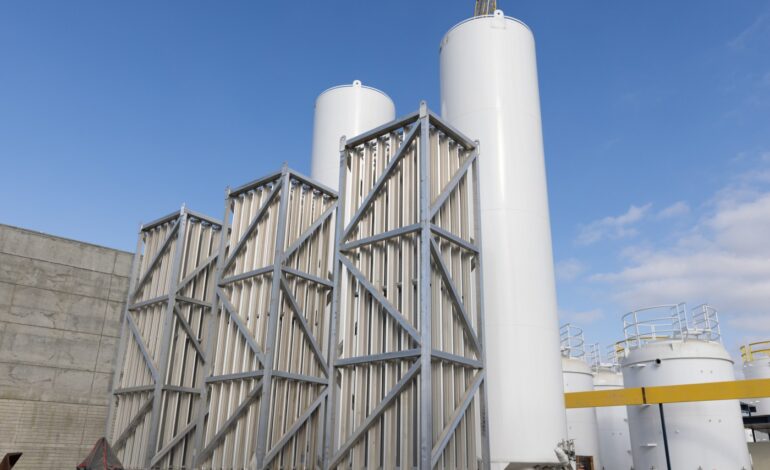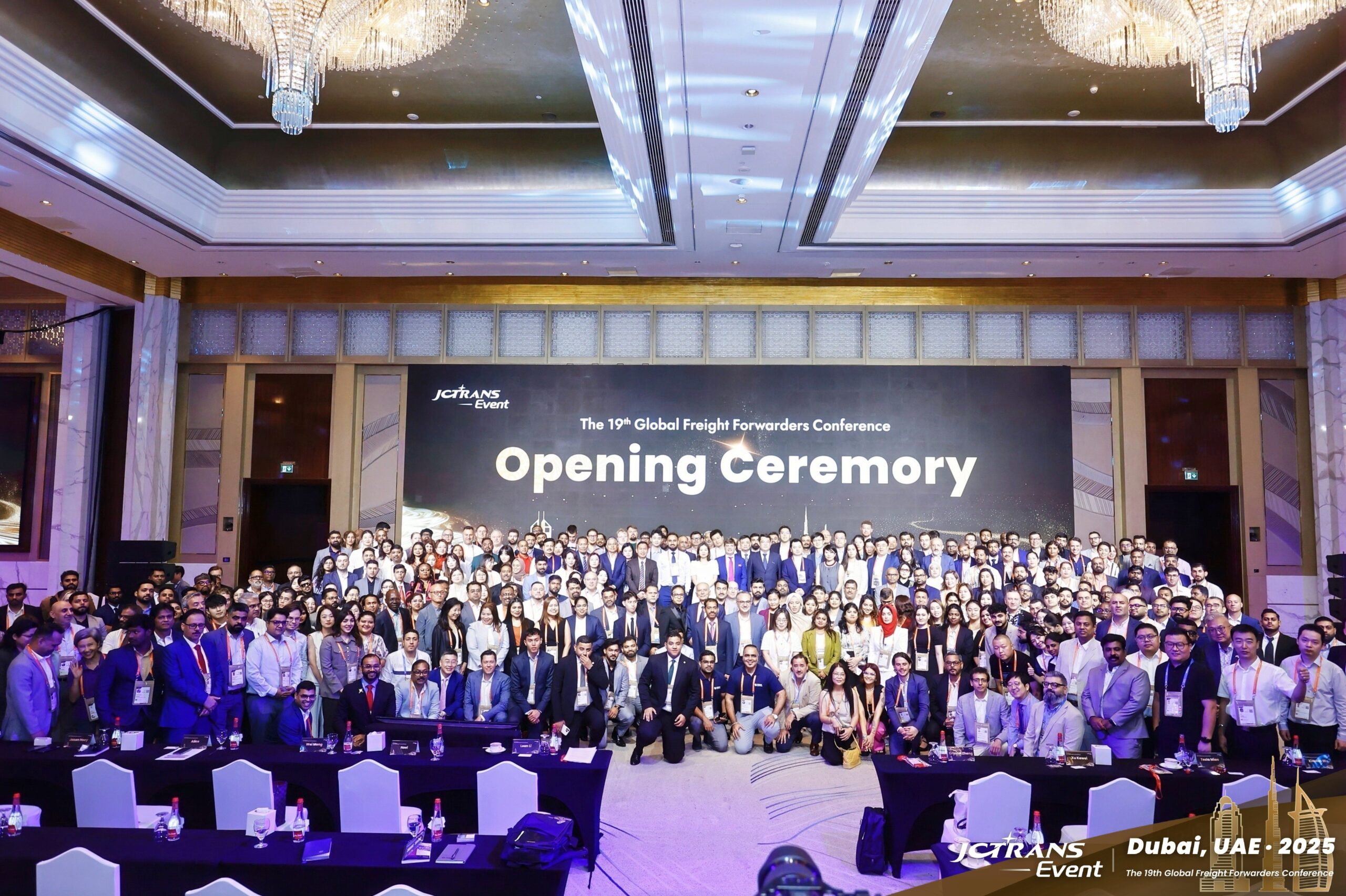San Diego Faces Water Surplus Challenge Amid Rising Costs

The San Diego region is experiencing an unusual situation characterized by a significant surplus of water, coupled with rising costs that present a complex challenge for local authorities. This surplus is the result of decades of strategic planning, including securing independent water supplies through agreements for Colorado River water and the construction of a desalination plant. However, as the region prepares for even more water from projects like the city’s Pure Water recycling initiative, concerns over mounting expenses are coming to the forefront.
San Diego’s journey to secure its water supply began years ago, driven by fears of potential shortages. The region became a model for innovative water management, drawing attention from across the United States. Today, the narrative has shifted from admiration for its abundant water access to frustration over the escalating costs associated with maintaining and expanding water infrastructure.
The Pure Water project, in particular, is set to intensify these challenges. Initially envisioned to bolster the city’s water supply, it is now anticipated to produce more water than necessary, leading to questions about its overall feasibility. Water officials significantly underestimated the public’s capacity for conservation and overestimated population growth, resulting in a surplus that the city must now navigate.
Local consumers currently face some of the highest water rates in the nation, with projected increases adding to their financial burden. The city of San Diego is considering a staggering 62 percent hike in water rates over the next four years, alongside a 31 percent increase in sewer rates. While some council members are advocating for direct purchases from the Metropolitan Water District of Southern California to reduce costs, challenges remain in negotiating these arrangements.
There is cautious optimism regarding potential partnerships with the Metropolitan Water District, particularly following a legal settlement between the district and the San Diego County Water Authority. This settlement has opened discussions about the possibility of scaling back L.A.-based projects and instead sourcing water from San Diego’s desalination and recycling initiatives. Nick Serrano, deputy chief of staff for Mayor Todd Gloria and chair of the water authority, noted that the Metropolitan is showing some openness to these suggestions.
The financial implications of these decisions are considerable. In 2023, the San Diego County Water Authority reported varying costs per acre-foot of water: approximately $3,100 from the Carlsbad desalination plant, $1,600 from the Metropolitan, and $1,495 from the Imperial County water supply. The cost of water produced by the Pure Water project remains uncertain, with earlier estimates ranging from $1,700 to $1,900 per acre-foot in 2019. Current projections suggest that the actual costs could be significantly higher.
As the Pure Water project approaches its initial production phase next year, the anticipated output of 30 million gallons per day from Phase 1 comes with a price tag of around $1.2 billion. Plans for Phase 2 aim to increase this capacity to 53 million gallons per day, but costs for this phase remain uncalculated, with estimates for the total project ranging from $3 billion to several billion dollars. The original expectation that Pure Water would supply a third of the city’s water has evolved into a projection that it could now cover half of demand.
Given the changing dynamics surrounding water demand and supply, city officials are reevaluating the necessity of the Pure Water project itself. Discussions have emerged about potentially scaling back Phase 2, with Amy Dorman, assistant director of public utilities, confirming that all aspects of the Phase 2 plan are currently under review.
The city’s commitment to the Pure Water initiative is tied to a federal waiver from stricter sewage treatment standards, which depends on the project’s completion. Without this waiver, San Diego faces the prospect of an expensive upgrade to its sewage treatment plant, estimated at $2 billion. The uncertainty surrounding the costs and benefits of the Pure Water system raises questions about whether the initiative is indeed necessary.
As San Diego navigates this complex landscape of water management, the city faces a dual challenge: addressing the surplus while managing the rising costs that threaten to impact residents. The outcomes of ongoing negotiations, both locally and with regional partners, will play a critical role in shaping the future of the city’s water supply strategy.






